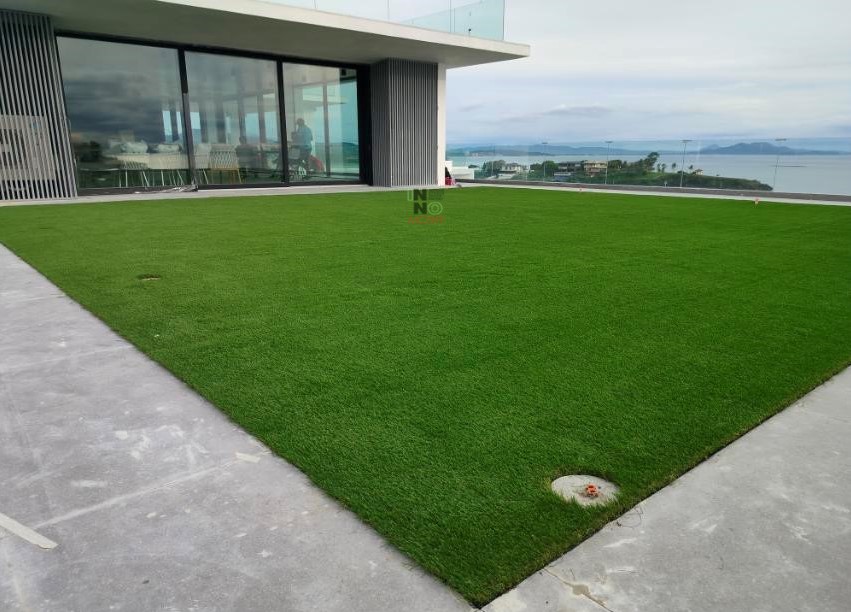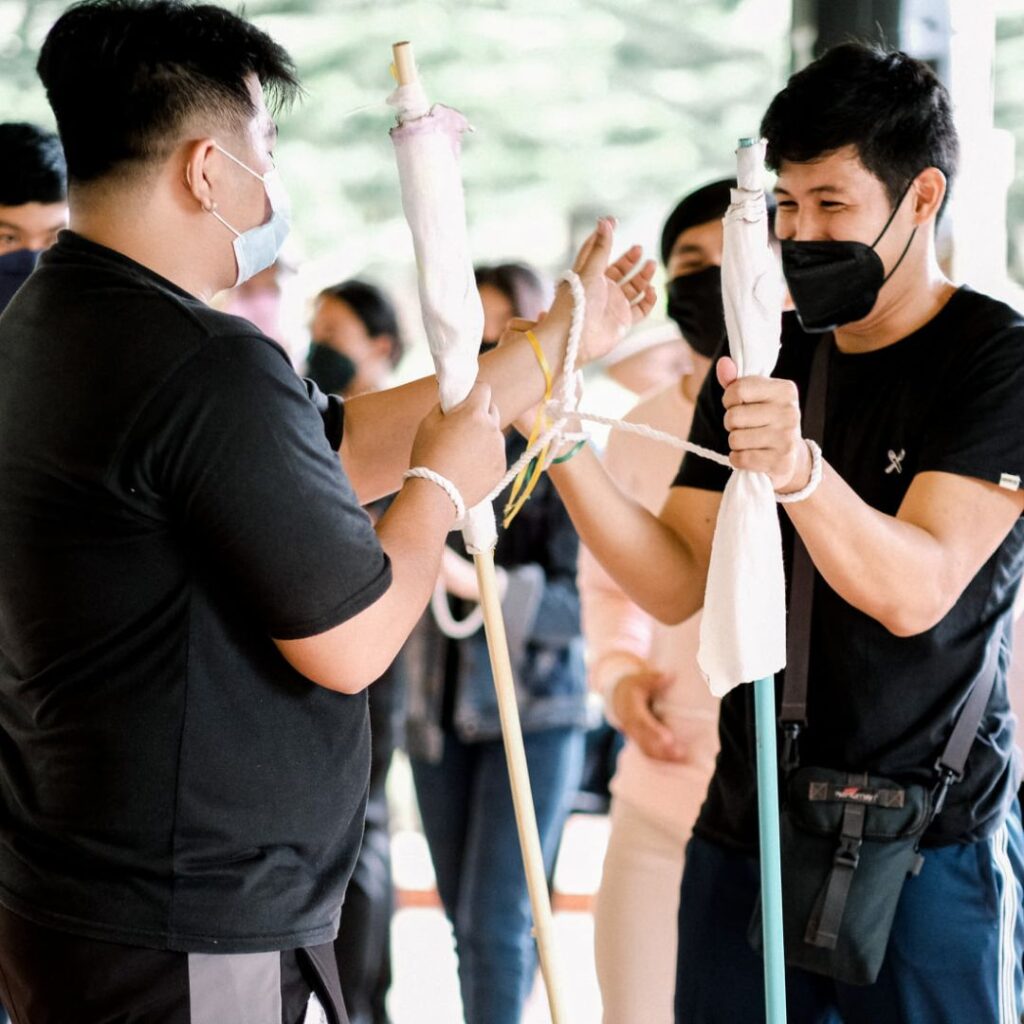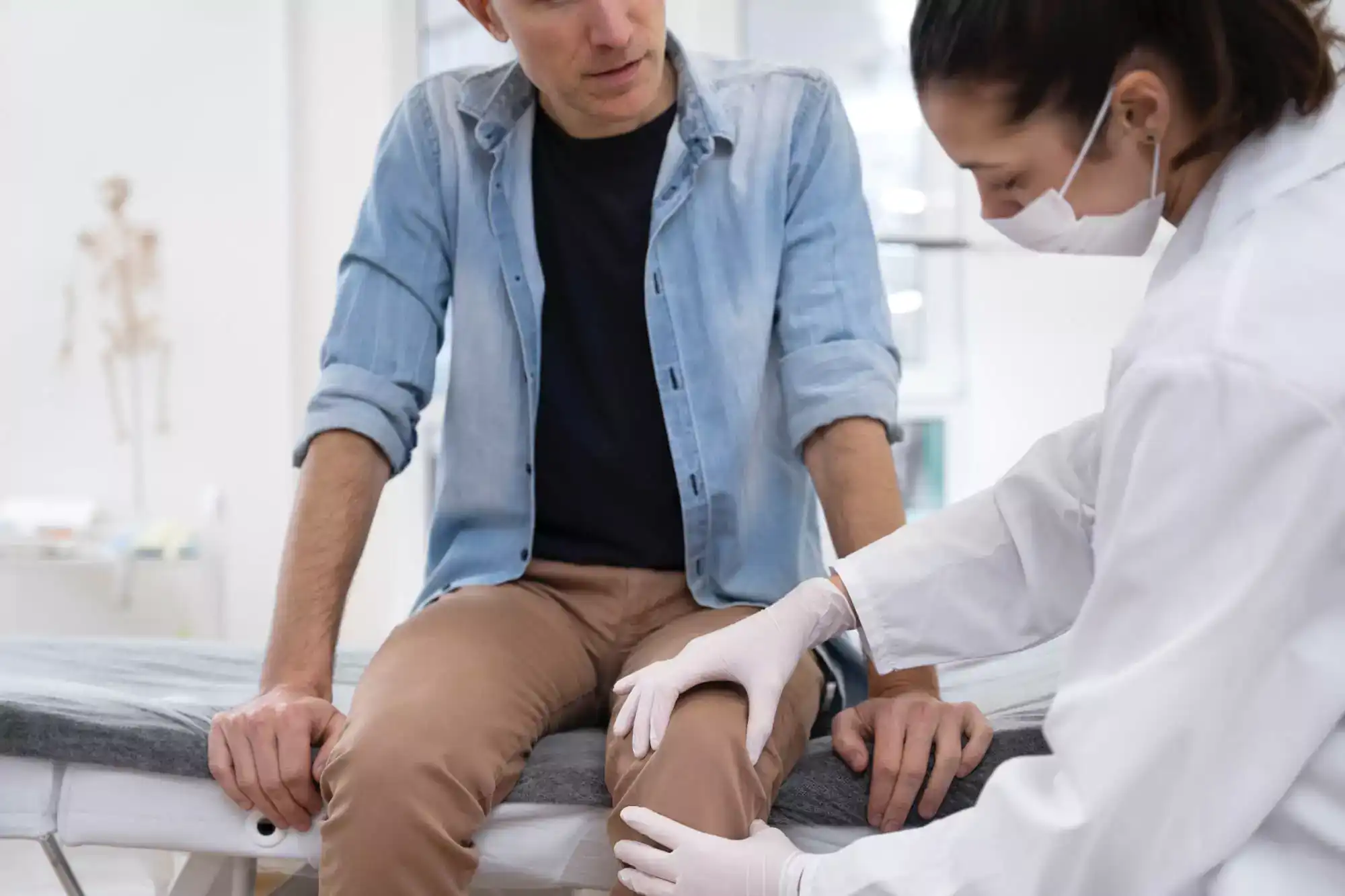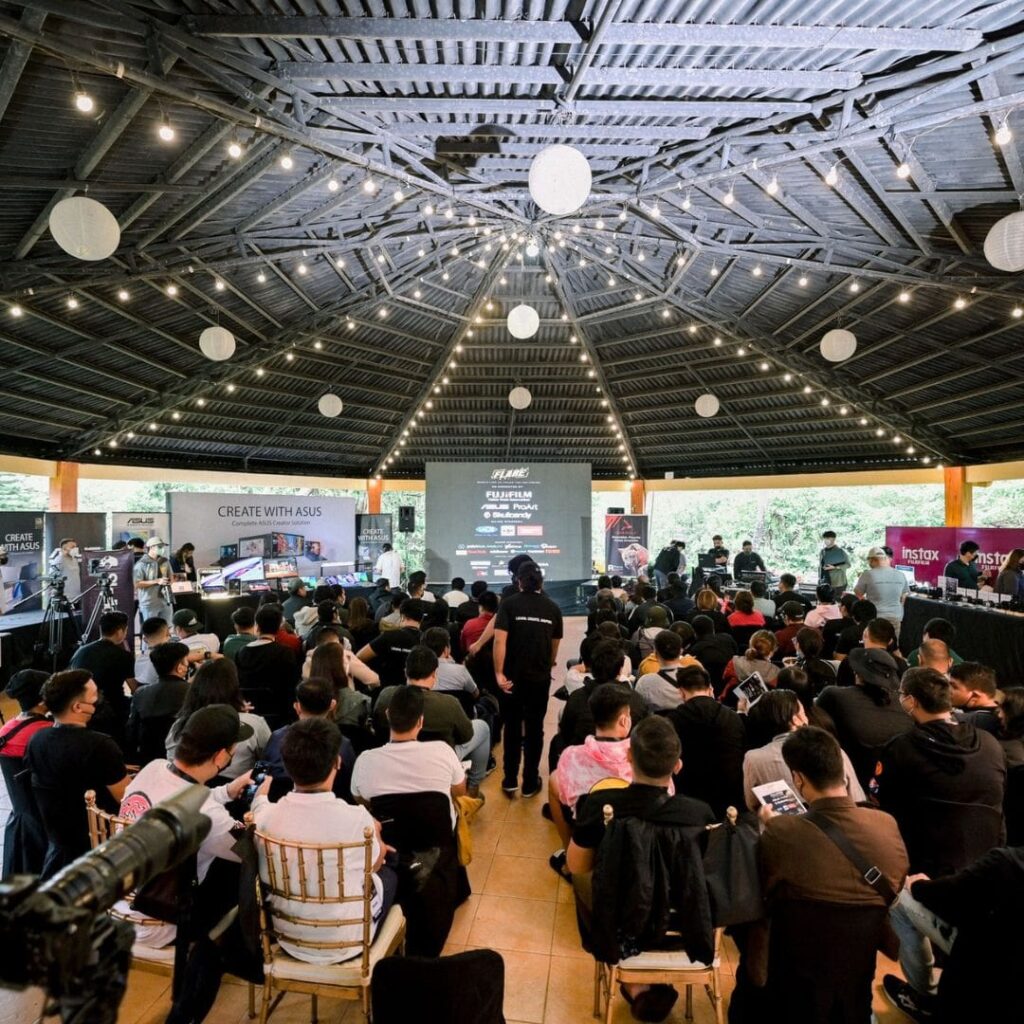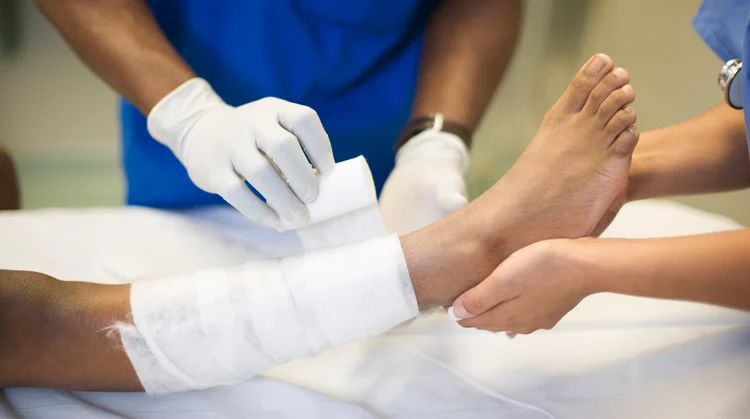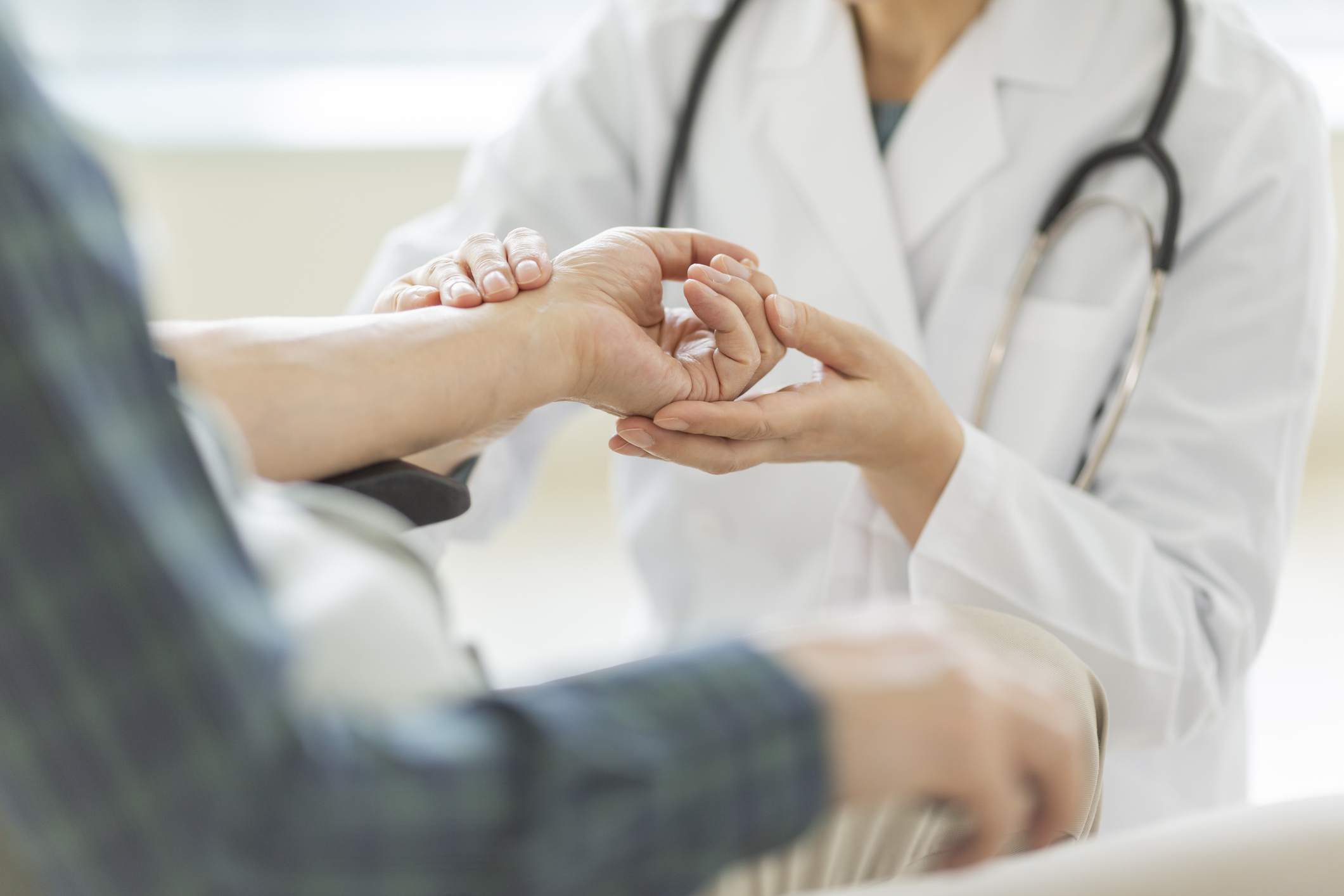Ganglion cysts are fluid-filled sacs that commonly develop near joints or tendons in areas like the wrist, hand, ankle, or foot. These noncancerous growths can range in size from a pea to a golf ball and often result from repetitive stress or injury. For many individuals, surgical removal of a ganglion cyst becomes necessary to alleviate pain and restore mobility. Understanding how to navigate the recovery period following surgery is crucial for a successful outcome.
Understanding Ganglion Cyst Removal Surgery
Ganglion cyst removal surgery is typically performed under local anesthesia and involves draining the cyst’s fluid contents. In some cases, the cyst wall is also removed to reduce the chances of recurrence. This procedure is crucial for relieving pain caused by pressure on nearby nerves or restricting joint movement. Patients can expect to regain functional use of the affected joint post-surgery, although recovery times may vary.
Immediate Post-Surgery Care
Immediately after surgery, proper wound care is essential. Your healthcare provider will provide specific instructions on how to care for the surgical site, including changing dressings and keeping the area clean and dry. Managing initial discomfort with prescribed pain medications and following your doctor’s advice regarding rest and activity levels are critical during this phase.
Physical Therapy and Rehabilitation
Physical therapy plays a vital role in the recovery process. Depending on the location and severity of the cyst, your therapist will design a rehabilitation program aimed at restoring joint flexibility, strength, and range of motion. Exercises will be tailored to gradually increase in intensity as your healing progresses, helping you regain optimal function of the affected joint.
Managing Pain and Discomfort
Managing post-operative pain is a priority. Your healthcare provider may recommend using ice packs and keeping the affected limb elevated to reduce swelling. It’s important to follow prescribed pain management protocols and be aware of any signs of infection or excessive swelling that warrant immediate medical attention.
Nutrition and Supplements for Healing
Nutrition plays a crucial role in supporting your body’s healing process. A balanced diet rich in vitamins, minerals, and proteins promotes tissue repair and recovery. Your healthcare provider may recommend specific supplements, such as vitamin D or omega-3 fatty acids, to aid in healing and reduce inflammation. Avoiding foods that may exacerbate inflammation, such as processed foods high in sugar or trans fats, can also support your recovery.
Mental and Emotional Well-being
Recovering from surgery can be emotionally challenging. Managing stress and maintaining a positive outlook are essential for overall well-being. Engage in activities that promote relaxation and mental clarity, such as meditation or gentle yoga. Stay connected with friends and family for emotional support during your recovery journey.
Returning to Activities and Preventing Recurrence
As you progress in your recovery, your healthcare team will guide you on gradually reintroducing activities and exercises. It’s crucial to follow their advice to prevent complications and ensure a successful recovery. Taking precautions to avoid repetitive stress on the affected joint can also reduce the risk of recurrence of ganglion cysts in the future.
Takeaway
Recovery after ganglion cyst removal surgery requires patience and dedication to following your healthcare provider’s recommendations. By prioritizing proper wound care, physical therapy, nutrition, and emotional well-being, you can optimize your recovery and regain pain-free mobility. If you have any concerns or questions during your recovery process, don’t hesitate to reach out to your healthcare provider for guidance and support.


